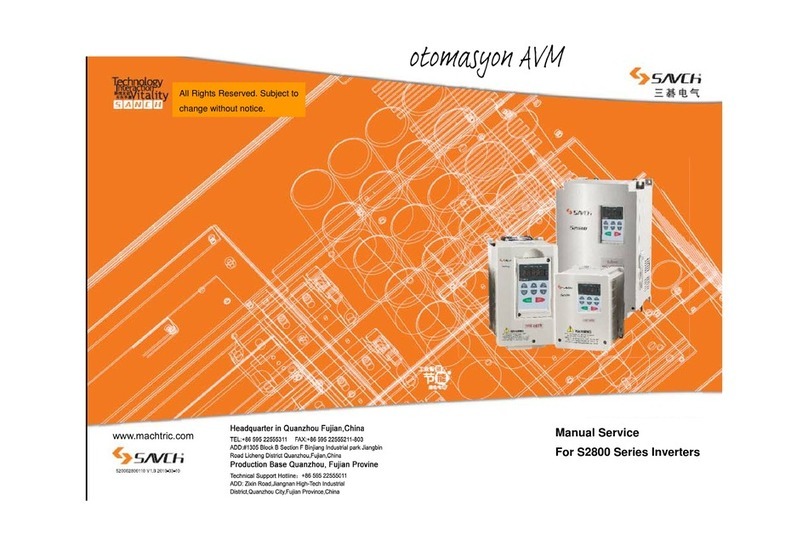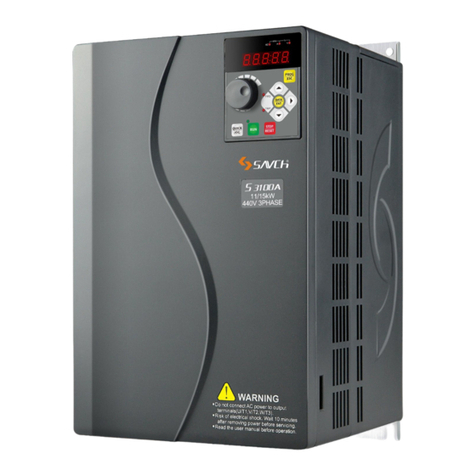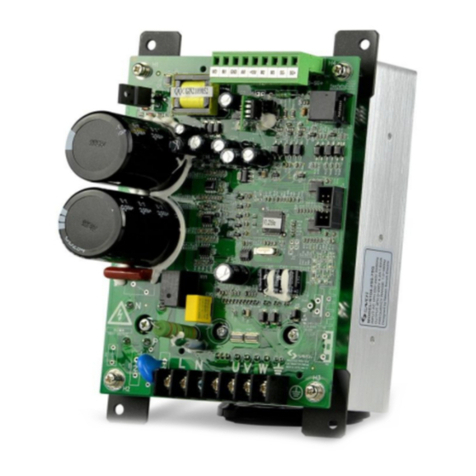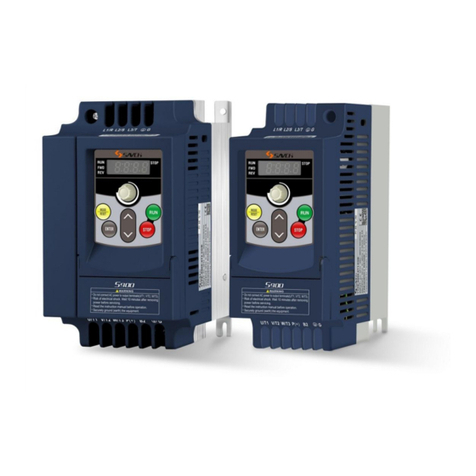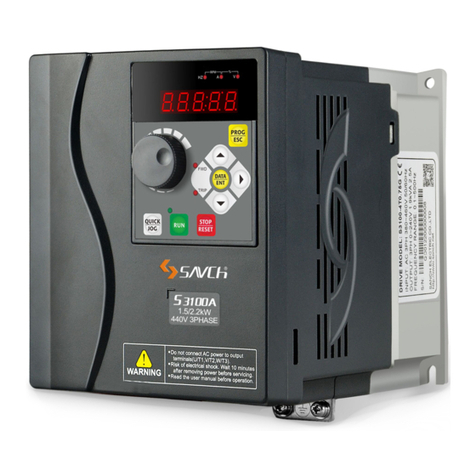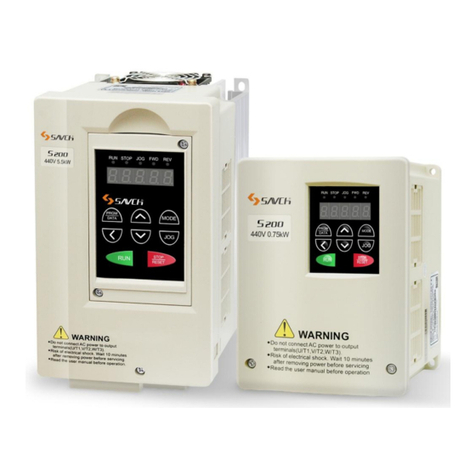CONTENTS
PREFACE ......................................................................................................................................1
1 Safety Instructions .......................................................................................................................2
2 Hardware Description and Installation .........................................................................................5
2.1 Operational Environment .......................................................................................................5
2.2 Model Description..................................................................................................................6
2.3 Inverter Specifications ...........................................................................................................7
2.4 Inverter Using and the Main Circurt wiring, the basic wiring diagram ...................................11
2.5 Operation Size.....................................................................................................................29
2.6 Inverter Size ........................................................................................................................30
3 Keypad Description ...................................................................................................................32
3.1 Overview of Keypad Functions ............................................................................................32
3.2 Overview of Operation Modes .............................................................................................34
3.3 Running Mode .....................................................................................................................34
3.4 Programming Mode .............................................................................................................36
3.5 Alarm Mode .........................................................................................................................47
4 Running.....................................................................................................................................48
4.1 Test Run ..............................................................................................................................48
4.2 Special Operations ..............................................................................................................59
5 Function Parameters List...........................................................................................................60
6 Function Parameters Description.............................................................................................105
00 Basic Functional Parameters ..............................................................................................105
01 External Terminal Function Parameters ..............................................................................148
02 Control Function Parameters..............................................................................................173
03 Motor 1 Parameters............................................................................................................182
04 High Performance Functions Parameters ...........................................................................186
05 Motor 2 Parameters, 06 Motor 3 Parameters, 07 Motor 4 Parameters................................208
08 Application Function 1 Parameters .....................................................................................212
09 Application Function 2 Parameters .....................................................................................230
10 Application Function 3 Parameters .....................................................................................241
11 Serial Communication Parameters.....................................................................................250
7 Failure Indication and Countermeasures .................................................................................260
7.1 Problems and Troubleshooting procedure .........................................................................262
7.2 Common Abnormal Motor Operation .................................................................................273
7.3 Other abnormal conditions.................................................................................................280






